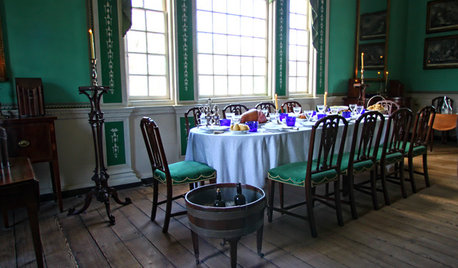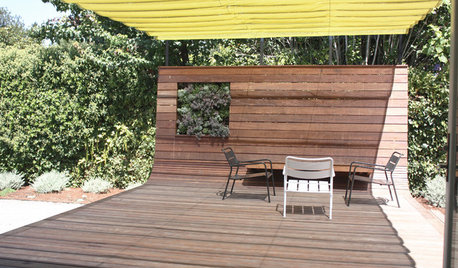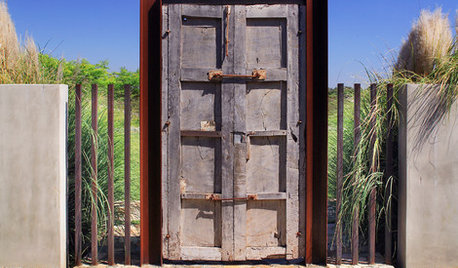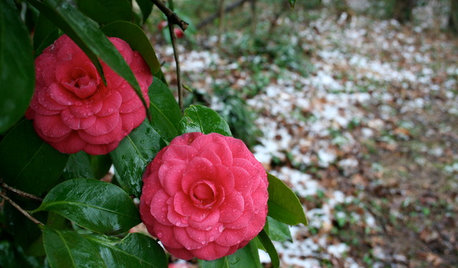Killed pittosporum, what to replace with...
ljbrandt
13 years ago
Featured Answer
Sort by:Oldest
Comments (30)
catbird
13 years agoljbrandt
13 years agoRelated Professionals
Danbury Landscape Architects & Landscape Designers · Baltimore Landscape Architects & Landscape Designers · Foothill Ranch Landscape Architects & Landscape Designers · Goodyear Landscape Contractors · Damascus Landscape Contractors · Fair Lawn Landscape Contractors · Flagstaff Landscape Contractors · Hilo Landscape Contractors · Westford Landscape Contractors · Woodbury Landscape Contractors · Hueytown Landscape Contractors · Wichita Siding & Exteriors · Albuquerque Siding & Exteriors · Berkeley Siding & Exteriors · Derry Siding & Exteriorscatbird
13 years agoljbrandt
13 years agorhizo_1 (North AL) zone 7
13 years agoljbrandt
13 years agoljbrandt
13 years agorhizo_1 (North AL) zone 7
13 years agoljbrandt
13 years agoalabamanicole
13 years agorhizo_1 (North AL) zone 7
13 years agoalabamanicole
13 years agoljbrandt
13 years agorhizo_1 (North AL) zone 7
13 years agoljbrandt
13 years agorhizo_1 (North AL) zone 7
13 years agorhizo_1 (North AL) zone 7
13 years agoalabamanicole
13 years agorhizo_1 (North AL) zone 7
13 years agoUser
13 years agoljbrandt
12 years agorhizo_1 (North AL) zone 7
12 years agoljbrandt
12 years agoljbrandt
12 years agorhizo_1 (North AL) zone 7
12 years agoljbrandt
12 years agorhizo_1 (North AL) zone 7
12 years agoljbrandt
12 years agorhizo_1 (North AL) zone 7
12 years ago
Related Stories

HOUSEPLANTS8 Houseplants You Can't Kill
They're forgiving and let you forget. Houseplants don't get any easier than this
Full Story
MOST POPULARThe Perfect Houseplant for People Who Kill Houseplants
If you can fill a jar with water, you can keep golden pothos vine happy — and it will pay you back with cleaner air and a greener home
Full Story
COLORWhen Color Could Kill: Stories From the History of Paint
Delve into paint's storied past — what you learn about its history and modern incarnations may surprise you
Full Story
GREAT HOME PROJECTSHow to Replace Your Lawn With a Garden
New project for a new year: Lose the turfgrass for energy savings, wildlife friendliness and lower maintenance
Full Story
GREAT HOME PROJECTSHow to Give Your Driveway and Front Walk More Curb Appeal
Prevent injuries and tire damage while making a great first impression by replacing or repairing front paths
Full Story
MOST POPULARMeet a Lawn Alternative That Works Wonders
Carex can replace turfgrass in any spot, is low maintenance and adjusts easily. Add its good looks and you’ve got a ground cover winner
Full Story
DECKSA Family-Friendly California Yard Wises Up About Water
Pavers and unthirsty plants replace Kentucky bluegrass in a Menlo Park landscape for a family of 4
Full Story
MATERIALSMesquite: The Brawny Beauty for All Over the Home
Denser than other hardwoods and sporting beautiful coloration, mesquite makes a fine material for flooring, countertops, furniture and more
Full Story
GARDENING GUIDESSoutheast Gardener's November Checklist
You're probably on top of planting bulbs, but don't forget to keep an eye on frost and drain your mower's gas tank
Full Story
LIGHTINGWhat to Know About Switching to LED Lightbulbs
If you’ve been thinking about changing over to LEDs but aren't sure how to do it and which to buy, this story is for you
Full Story





alabamanicole